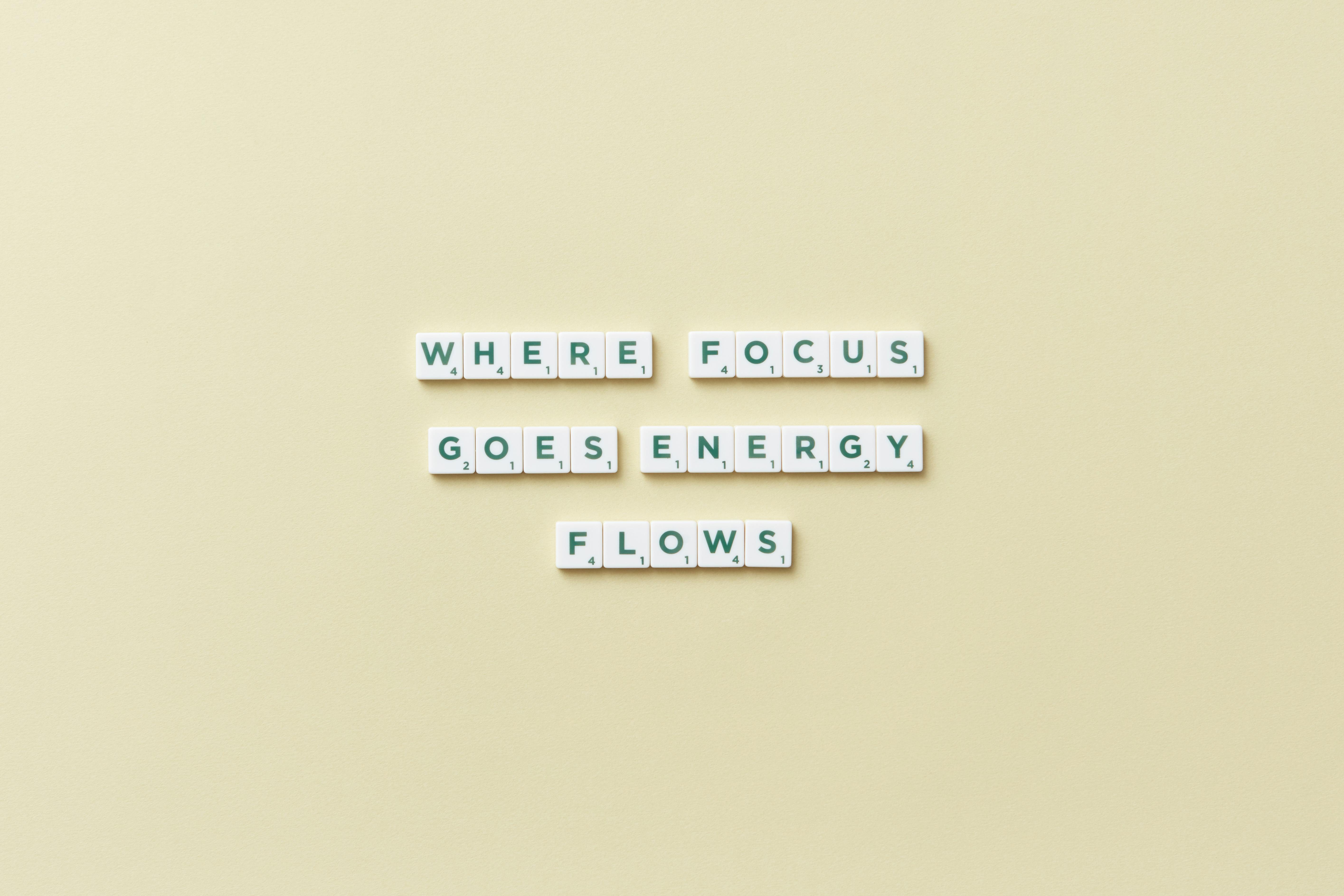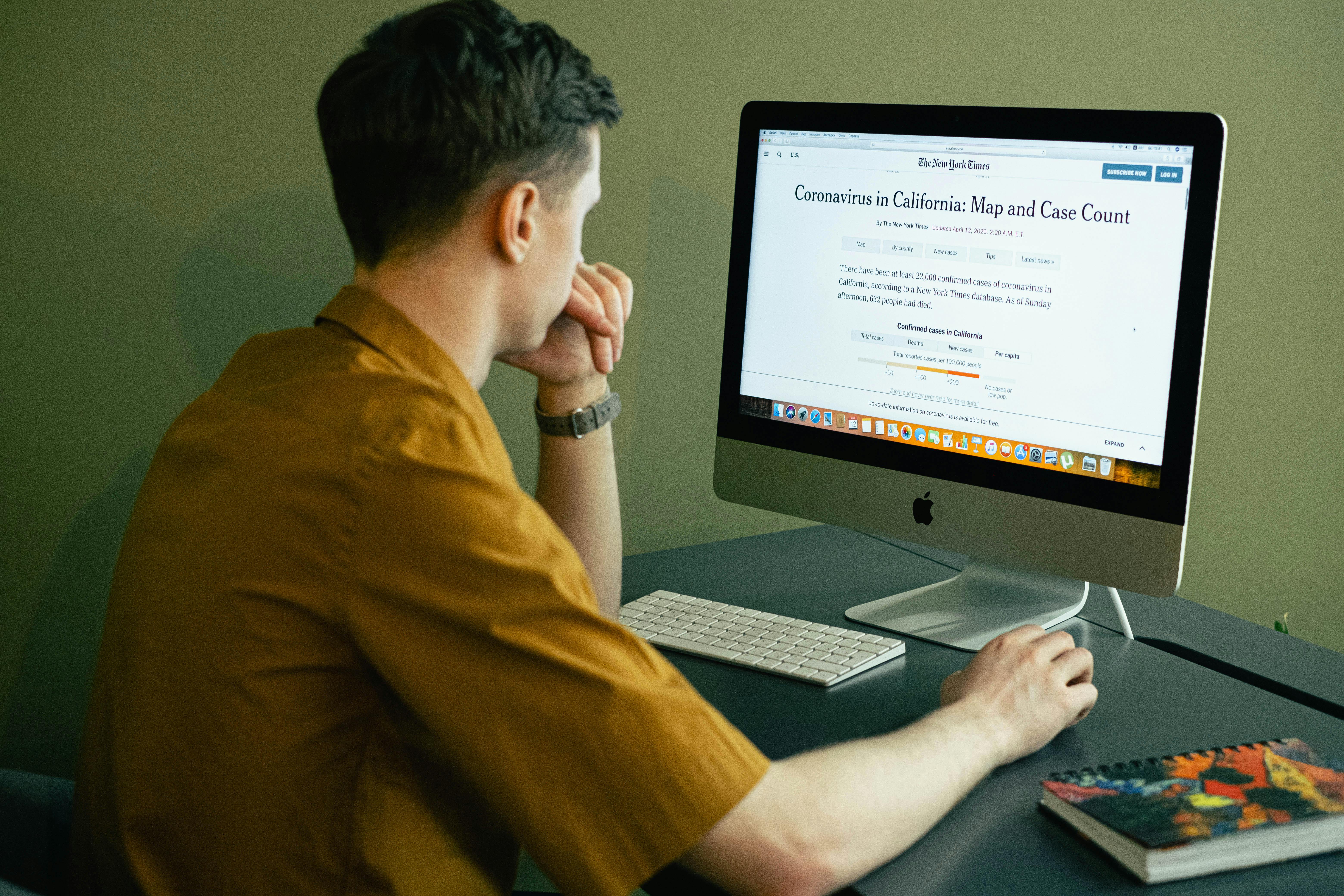Have you ever arrived at work with no memory of the drive there? Or finished a meal without tasting a single bite? We spend so much of our lives on autopilot that we miss the richness of our everyday experiences. That’s where mindfulness comes in – and it’s not just about meditation or sitting cross-legged on a cushion. Let’s explore how you can bring mindfulness into every aspect of your life, backed by science and real-world applications.
What Mindfulness Really Is (And What It’s Not)
First, let’s bust some myths. Mindfulness isn’t about emptying your mind (impossible!), achieving eternal peace (also impossible), or becoming a zen master who never gets angry (you guessed it – impossible). Instead, think of mindfulness as becoming a friendly observer of your own life.
Dr. James Carter, a neuroscientist studying mindfulness at UCLA, explains it beautifully: “Mindfulness is like having a front-row seat to your own life instead of watching it from the nosebleed section.” Recent studies show that people spend nearly 47% of their waking hours thinking about something other than what they’re doing. That’s almost half our life spent somewhere else!
The Science Behind Mindfulness: Why It Actually Works
Before we dive into techniques, let’s understand why mindfulness is more than just a trendy buzzword. Your brain physically changes when you practice mindfulness regularly:
- The amygdala (your brain’s stress center) actually shrinks
- The prefrontal cortex (decision-making headquarters) becomes stronger
- Memory-related areas show increased gray matter density
This means you’re not just feeling calmer – you’re literally rewiring your brain for better emotional regulation, clearer thinking, and improved focus.
Mindfulness Throughout Your Day
Let’s break down how to bring mindfulness into every part of your day, from morning to night.
Morning Mindfulness: Starting Your Day Right
Your morning sets the tone for your entire day. Instead of reaching for your phone the moment you wake up (hello, cortisol spike!), try this mindful morning routine:
The First Five Minutes
- Wake Up Mindfully
- Take three deep breaths before even opening your eyes
- Notice how your body feels against the bed
- Listen to the sounds around you without judging them
- Gradually wiggle your fingers and toes, bringing awareness to each part of your body
- Set a Gentle Intention. Instead of jumping into your to-do list, ask yourself:
- “What kind of energy do I want to bring to today?”
- “What’s one small thing I can do to take care of myself?”
- “Who might need some extra kindness today?”
Mindful Morning Activities
Mindful Showering
Transform your daily shower into a mindfulness practice:
- Notice the temperature of the water
- Feel each sensation on your skin
- Listen to the sound of the water
- Smell your shower products mindfully
- Notice how the steam feels in your lungs
The shower is perfect for mindfulness because it engages all your senses. Plus, you’re already doing it every day!
Mindful Breakfast
Instead of scarfing down your breakfast while checking emails:
- Look at your food before starting
- Notice the colors, textures, and arrangement
- Take small bites and chew slowly
- Put your utensils down between bites
- Try to identify all the flavors and textures
Mindfulness at Work
Mindful Transitions
Use these moments to reset your attention:
- Walking through doorways
- Sitting down at your desk
- Opening your computer
- Before starting a meeting
- After ending a phone call
For each transition, take three conscious breaths. It takes 15 seconds but can change your entire workday.
The STOP Technique
Use this throughout your day:
- S – Stop what you’re doing
- T – Take a breath
- O – Observe your thoughts, feelings, and surroundings
- P – Proceed mindfully
Mindful Meetings
Transform boring meetings into mindfulness opportunities:
- Notice how you’re sitting
- Feel your feet on the floor
- Listen fully when others speak
- Observe facial expressions and body language
- Notice when your mind wanders (it will!) and gently return to the present
Mindful Movement
Movement doesn’t just mean exercise – it’s any time you’re not sitting still.
Walking Mindfully
Whether it’s to the bathroom or on your lunch break:
- Feel each step
- Notice how your weight shifts
- Observe your surroundings
- Count your steps if it helps focus your mind
- Notice any tension in your body
Mindful Exercise
Turn your workout into moving meditation:
- Focus on your breath during cardio
- Feel each muscle during strength training
- Notice the sensation of sweat on your skin
- Listen to your body’s signals
- Observe how your energy changes
Evening Mindfulness
Mindful Evening Routine
Wind down mindfully:
- Turn off notifications an hour before bed
- Do gentle stretching or yoga
- Practice gratitude reflection
- Take a mindful bath or shower
- Read without distractions
Mindful Family Time
Quality time becomes richer with mindfulness:
- Put devices away
- Listen fully to family members
- Notice small moments of joy
- Be present for bedtime routines
- Share highlights of your day
Advanced Mindfulness Practices
Once you’re comfortable with basic mindfulness, try these deeper practices:
Body Scan Meditation
This powerful practice helps you develop body awareness:
- Lie comfortably on your back
- Close your eyes
- Start at your toes
- Move attention slowly up your body
- Notice sensations without trying to change them
- Include even small areas like your fingertips and ears
- End with full-body awareness
Loving-Kindness Practice
Develop compassion for yourself and others:
- Start with yourself
- Extend to loved ones
- Move to neutral people
- Include difficult people
- Expand to all beings
Mindful Communication
Transform your relationships with these practices:
- Listen without planning your response
- Notice your emotional reactions
- Observe facial expressions and tone
- Pay attention to your posture
- Notice when you’re judgmental
Mindfulness for Specific Situations
Mindfulness for Stress
When stress hits:
- Notice where you feel it in your body
- Breathe into that area
- Name the emotion (“I’m feeling stressed”)
- Remember this will pass
- Take mindful action
Mindfulness for Sleep
Can’t sleep? Try this:
- Count your breaths backward from 100
- Notice the weight of your body
- Listen to distant sounds
- Feel your heart beating
- Don’t try to fall asleep (paradoxically, this helps!)
Mindfulness for Eating
Transform your relationship with food:
- Look at your food before eating
- Smell it mindfully
- Take small bites
- Chew thoroughly
- Notice flavors and textures
- Put utensils down between bites
- Stop when satisfied, not stuffed
Creating Your Personal Mindfulness Plan
Start Small
Choose one activity to make mindful:
- Morning coffee/tea
- Brushing teeth
- Walking to car
- Washing dishes
- Petting your dog/cat
Build Gradually
Add new mindful moments:
- Week 1: One mindful meal daily
- Week 2: Add mindful walking
- Week 3: Include breath awareness
- Week 4: Practice body scanning
- Week 5: Add loving-kindness
Track Your Progress
Notice changes in:
- Sleep quality
- Stress levels
- Relationships
- Work focus
- Overall wellbeing
Common Challenges and Solutions
“I Don’t Have Time”
- Start with 1 minute
- Use existing activities
- Practice during transitions
- Multi-task less, focus more
“My Mind Won’t Stop”
- Normal! Minds think – that’s their job
- Notice thoughts without following them
- Use anchors (breath, body, sounds)
- Return attention gently, again and again
“I Keep Forgetting”
- Set reminders
- Use transitions as cues
- Create environmental triggers
- Partner with friends
- Use the Hapday app for gentle prompts
The Science of Long-Term Benefits
Research shows consistent mindfulness practice can:
- Reduce anxiety by 58%
- Improve sleep quality by 35%
- Enhance focus by 28%
- Boost immune function
- Slow brain aging
- Increase emotional resilience
Taking It Forward
Remember, mindfulness isn’t about perfection – it’s about presence. You don’t need to do everything at once. Start where you are, use what you have, and do what you can.
Daily Inspiration
- Every moment is a fresh start
- Small practices add up
- Progress isn’t linear
- Mindfulness is always available
- You can’t do it wrong
Your Next Steps
- Choose one mindful moment for tomorrow
- Notice how it feels
- Build slowly
- Be patient with yourself
- Celebrate small wins
Remember, mindfulness isn’t about adding more to your busy life – it’s about bringing more awareness to the life you’re already living. Start small, stay curious, and watch how these simple practices transform your daily experience.
Develop mindfulness with Hapday, Your Wellbeing Assistant
Join the millions of people using Hapday. Improve overall wellness & sleep.




